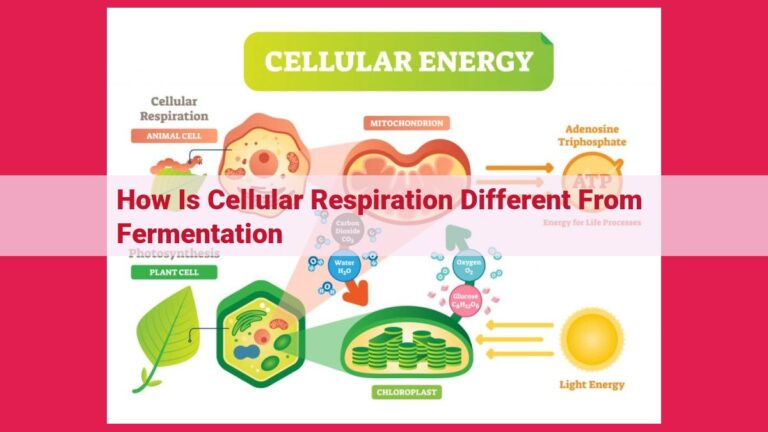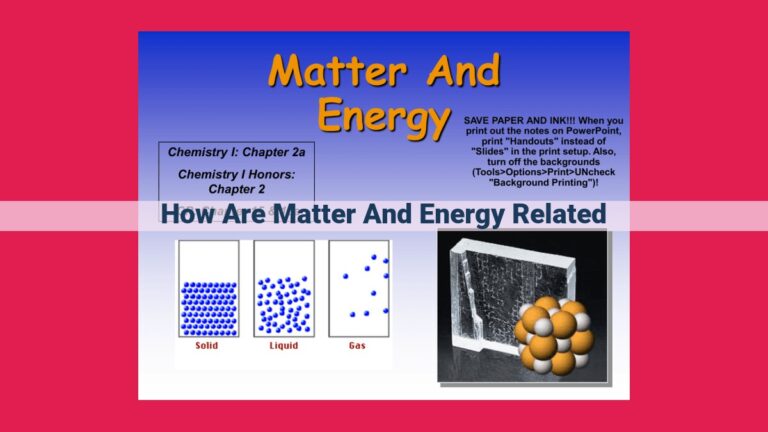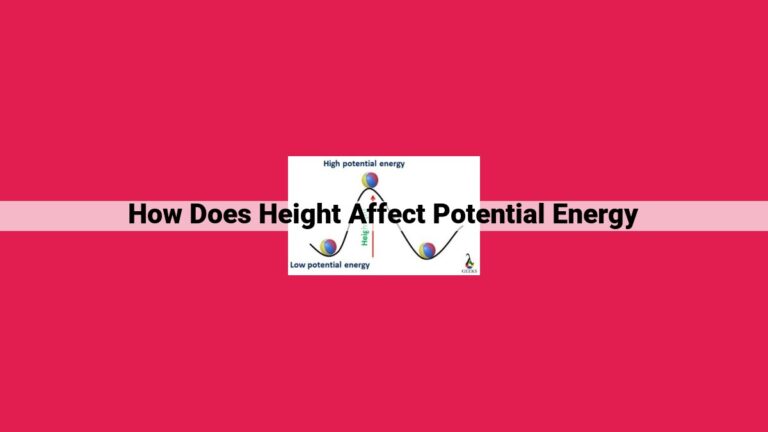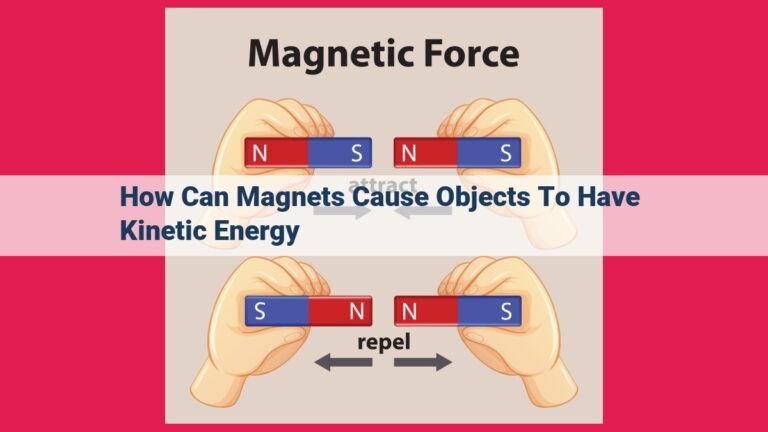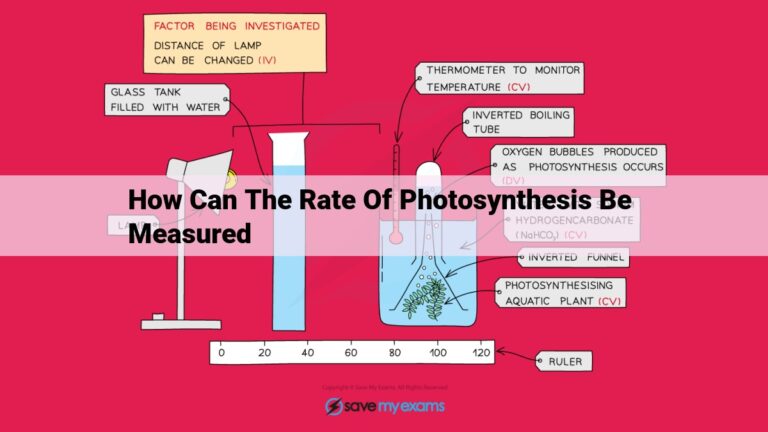The Importance Of Understanding Energy Expression In Foods For Nutrition And Health
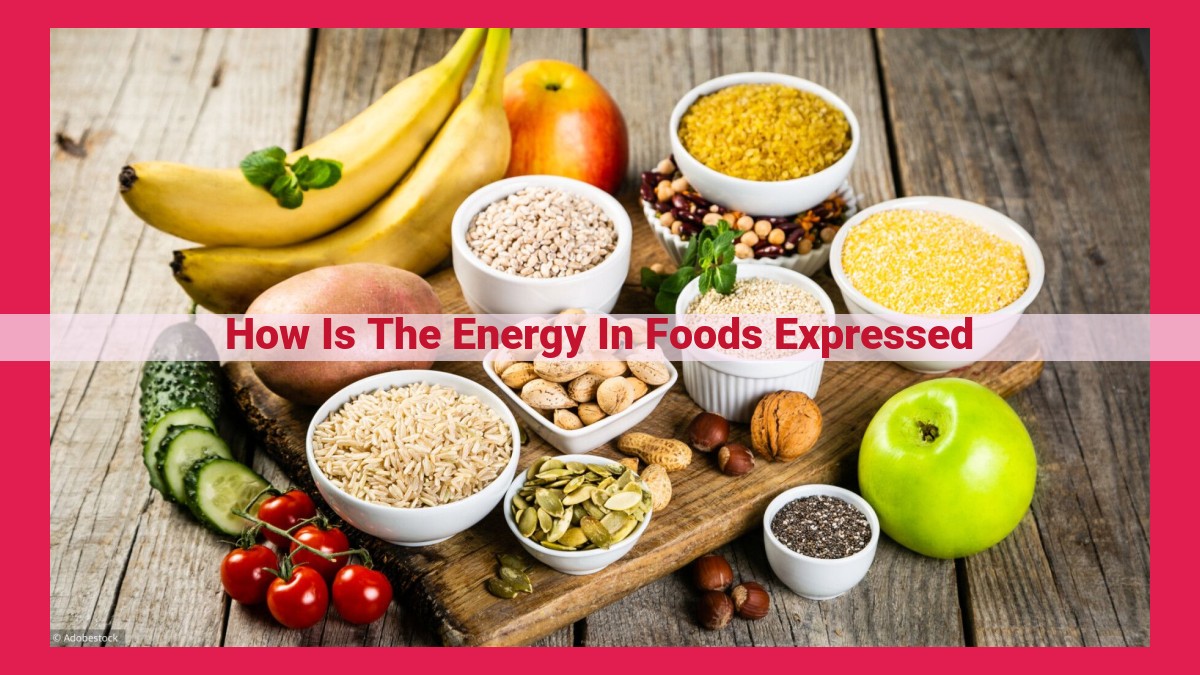
Understanding energy expression in foods is crucial for nutrition and health. Energy is quantified in calories or kilocalories (kcal), which measure the potential energy released during food metabolism. Food labels typically display energy content in kcal, enabling consumers to make informed choices. Energy density refers to the energy content per unit of food weight, influencing dietary planning. The energy intake impacts weight management and overall health, as it provides energy for bodily functions. By understanding energy expression, individuals can balance their caloric intake to support optimal health and wellness.
Understanding Food Energy: A Guide to Nourishing Body and Mind
In today’s fast-paced world, understanding food energy is paramount for nutrition and health. When we ingest food, we’re not just filling our stomachs; we’re fueling our bodies with the energy needed to perform daily tasks, maintain bodily functions, and thrive overall.
Grasping the concept of food energy empowers us to make informed choices about what we eat. By deciphering food labels, we can estimate our calorie intake and ensure that our energy needs are met without overindulging. This knowledge is especially crucial for individuals seeking to maintain a healthy weight, manage chronic conditions, or simply improve their well-being.
Embarking on this nutritional journey, let’s delve into the fascinating world of food energy, uncovering its significance and exploring the practical implications it holds for our daily lives.
The Calorie: A Journey into the World of Food Energy
In the realm of nutrition and health, understanding the energy contained within foods is paramount. At the core of this understanding lies the concept of the calorie, a unit of measurement that has played a significant role in our understanding of food energy for centuries.
The tale of the calorie begins in the 18th century. French scientist Antoine Lavoisier devised a calorimeter to measure the heat released by burning various substances, including food. This device allowed scientists to quantify the energy content of foods by comparing the heat produced to the amount of heat required to raise the temperature of a known mass of water by one degree Celsius.
Initially, the unit of energy used was the large calorie, which represented the amount of heat needed to raise one kilogram of water by one degree Celsius. However, in the early 20th century, it became more common to use the small calorie (or gram calorie), which represented the energy required to raise one gram of water by one degree Celsius.
Today, the term “calorie” is often used interchangeably with the kilocalorie (kcal), which is equivalent to 1,000 calories. In the context of food, the calorie is typically expressed as kilocalories, as this unit better represents the magnitude of energy content in most foods.
Related Energy Units: Kilocalorie and Joule
In the realm of nutrition, understanding the energy content of foods is crucial for making informed dietary choices. The calorie, a unit commonly used to express food energy, has a long-standing history. However, in the scientific community and some parts of the world, a larger unit called the kilocalorie is more prevalent. Additionally, the joule, an energy unit within the International System of Units (SI), is also used in the scientific context.
The Calorie and the Kilocalorie: A Matter of Size
The calorie, often represented by “cal,” represents a relatively small amount of energy. In the past, it was frequently used to measure the energy content of foods. However, to avoid confusion with the kilocalorie, which is 1,000 times larger, the use of the capital “C” calorie (Calorie) is now recommended.
Joule: The SI Unit of Energy
The joule (J) is the SI unit of energy. It measures the amount of energy transferred or consumed in a process. In the context of food energy, 1 joule is equivalent to approximately 0.24 Calories.
Conversion Factors
Converting between these units is straightforward:
- 1 Calorie = 1,000 calories
- 1 calorie = 4.184 joules
Understanding Energy Density
The energy density of a food refers to the amount of energy it contains per unit of mass. Higher energy density foods provide more energy for their weight compared to lower energy density foods. This knowledge is particularly useful when making decisions about food intake for weight management and overall health.
Energy Density: A Key Factor in Food Choices
Understanding the energy content of foods is essential for maintaining a healthy diet. Energy density is a measure of the amount of energy (calories) in a given volume or weight of food. Foods with high energy density contain more calories per unit weight or volume than foods with low energy density.
The energy density of a food is influenced by several factors, including:
- Water content: Foods with high water content, such as fruits and vegetables, typically have lower energy density than foods with low water content, such as nuts and seeds.
- Protein and fat content: Foods rich in protein and fat have higher energy density than foods low in these nutrients.
- Presence of dietary fiber: Fiber-rich foods tend to have lower energy density because fiber takes up space and provides little energy.
Knowing the energy density of different foods can help you make informed choices about what and how much to eat. Foods with high energy density can contribute to weight gain if consumed in large quantities, while foods with low energy density can help you feel full and satisfied without consuming excessive calories.
For example, a 100-gram serving of boiled broccoli has approximately 34 calories, while a 100-gram serving of roasted almonds has approximately 579 calories. The broccoli has lower energy density than the almonds due to its higher water content and lower protein and fat content.
Incorporating energy density into your food choices can help you:
- Manage your weight: Consuming foods with lower energy density can help you feel full and satisfied while consuming fewer calories.
- Improve your overall health: Choosing foods with lower energy density can provide more nutrients and dietary fiber, which are essential for good health.
- Make better food choices: Understanding energy density can help you identify foods that are more nutrient-rich and less calorie-dense, making it easier to make healthy choices.
The Energy Content of Foods: A Guide to Understanding Nutrition Labels
Understanding the energy content of the foods we consume is crucial for maintaining a healthy diet. The energy in foods is measured in units called calories, which provide the fuel our bodies need to function optimally.
How Food Energy is Measured
The energy content of foods is determined through a process called bomb calorimetry. This method involves burning a sample of food in a controlled environment and measuring the heat released. The heat released is directly proportional to the energy content of the food.
Expressing Food Energy
The energy content of foods is typically expressed in calories (kcal) or kilojoules (kJ). One calorie is equal to 4.18 kilojoules. Food labels usually list the energy content per 100 grams or per serving size.
For example:
- A slice of bread (50g) contains 120 calories or 504 kilojoules.
- A cup of yogurt (200g) contains 150 calories or 630 kilojoules.
Using Food Labels to Determine Energy Content
Food labels are a valuable tool for determining the energy content of foods. Look for the Nutrition Facts panel on food packaging, which provides essential information, including:
- Serving size: The amount of food considered one serving.
- Calories per serving: The number of calories contained in one serving.
- Total fat: The total amount of fat in one serving.
- Added sugars: The amount of sugars added to the food during processing.
By understanding the energy content of foods and incorporating this knowledge into food choices,individuals can make informed decisions about their diet and maintain a healthy weight.
Importance of Food Energy for Health
The Life-Sustaining Power of Food Energy
Food energy is the fuel that powers our bodies, enabling us to perform all our vital functions. From breathing and walking to thinking and digesting, every cellular activity relies on this crucial source of energy. When we consume food, it’s broken down into smaller units that release energy molecules, which are then used to sustain our bodies.
Balancing Act: Energy Intake and Weight Management
Understanding food energy is essential for managing our weight. The amount of energy we consume should match the energy we expend through physical activity. If we consistently consume more energy than we burn, the excess gets stored as fat, leading to weight gain. Conversely, when we burn more energy than we consume, our bodies tap into stored fat for fuel, resulting in weight loss.
Holistic Health Impact: Beyond Weight Management
The impact of energy intake on our overall health extends far beyond weight management. A balanced energy diet supports optimal physical, mental, and emotional well-being. Sufficient energy intake ensures our bodies can repair damaged cells, maintain a healthy immune system, and regulate body temperature. On the other hand, insufficient energy intake can lead to fatigue, impaired cognitive function, and hormonal imbalances.
Understanding food energy is fundamental for maintaining a healthy and balanced diet. By making informed choices about the foods we eat and the amount of energy they provide, we can fuel our bodies for optimal function, manage our weight effectively, and support our overall well-being.
